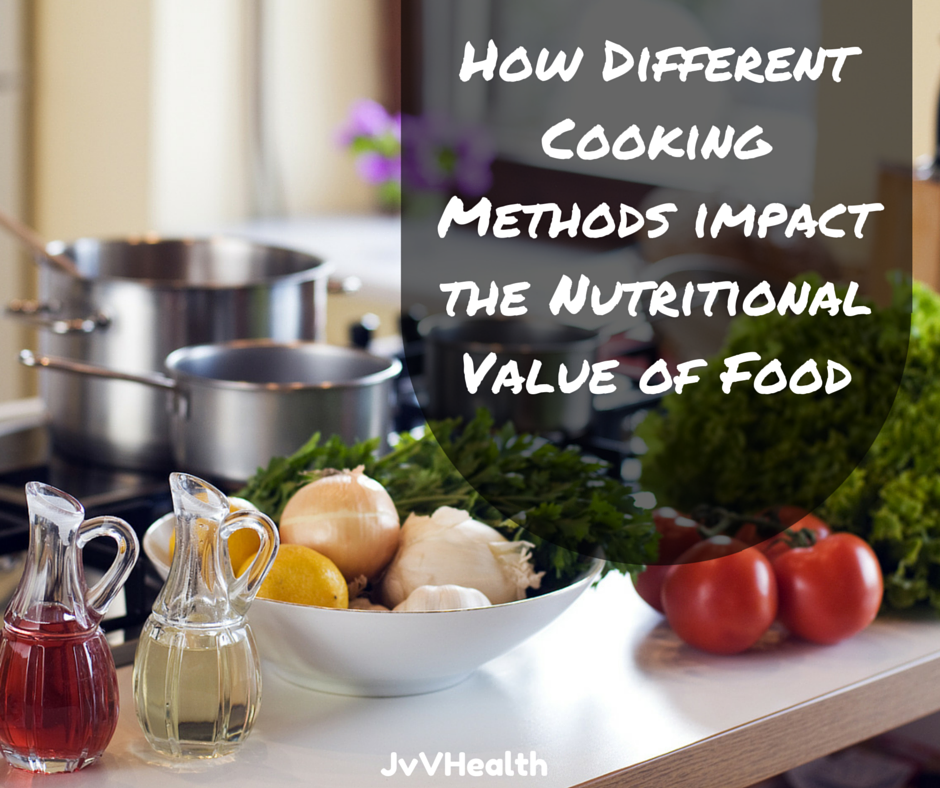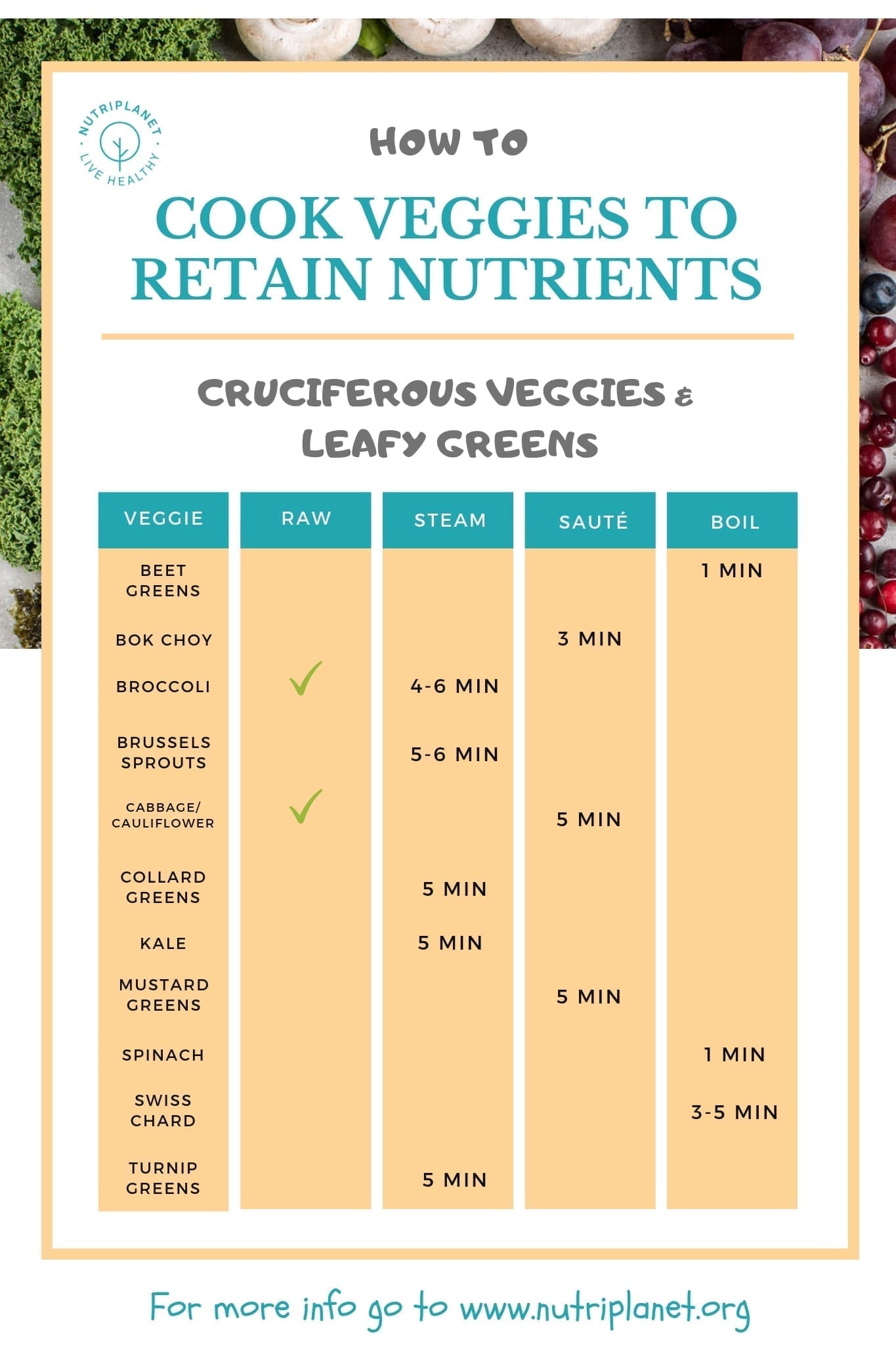Discover Pandipedia
Pandipedia is the world's first encyclopaedia of machine generated content approved by humans. You can contribute by simply searching and clicking/tapping on "Add To Pandipedia" in the answer you like. Learn More
Expand the world's knowledge as you search and help others. Go you!

Cash flow management is the process of monitoring, analyzing, and optimizing the inflows and outflows of cash within a business. It is critical for ensuring that a company can meet its financial obligations, such as paying bills, salaries, and servicing debts, while also facilitating growth opportunities. This involves accurately forecasting cash needs, systematically managing cash inflows (like sales and investments) and outflows (like expenses and purchases) to maintain sufficient liquidity for operations and strategic plans[1][2][3][4][5].
By effectively managing cash flow, businesses can identify potential cash shortages before they occur, secure adequate cash reserves, and make informed decisions about spending and investments, ultimately ensuring long-term financial stability and operational efficiency[2][3][4][5].
Let's look at alternatives:
- Modify the query.
- Start a new thread.
- Remove sources (if manually added).
- Request a manual search from our human research team.

Reasoning collapse in Large Reasoning Models (LRMs) is triggered by their failure to develop generalizable problem-solving capabilities beyond certain complexity thresholds. The empirical investigation shows that accuracy progressively declines as problem complexity increases until reaching complete collapse, where performance drops to zero beyond a model-specific threshold[1].
Additionally, there is a counterintuitive reduction in reasoning effort, measured by inference tokens, as models approach this critical complexity point, despite having sufficient computational resources. This indicates inherent limitations in the reasoning capabilities of LRMs, revealing that they do not effectively leverage additional inference time as problem complexity escalates[1].
Let's look at alternatives:
- Modify the query.
- Start a new thread.
- Remove sources (if manually added).
- Request a manual search from our human research team.
Get more accurate answers with Super Search, upload files, personalised discovery feed, save searches and contribute to the PandiPedia.

Animal migration is a widespread phenomenon observed across various species, marked by the seasonal and often long-distance movement of animals from one habitat to another. This process is crucial for survival and is driven by multiple factors, including food availability, reproductive needs, and climatic conditions.
Seasonal Migration

The most common type of migration is seasonal migration, where animals move in response to changes in the environment associated with different seasons. For instance, many bird species migrate south during the winter to avoid harsh weather and find food. Birds like the Arctic tern are renowned for their seasonal journeys, covering distances that can exceed 19,000 kilometers as they travel from polar breeding grounds to temperate wintering areas[3][4]. Similarly, wildebeests in the Serengeti undertake a circular migration pattern, moving in search of fresh grazing grounds as the seasons change[6][10].
In addition to birds, terrestrial mammals such as caribou and some species of fish, like Atlantic salmon, also engage in seasonal migrations. Atlantic salmon, for example, migrate thousands of kilometers from ocean feeding grounds back to the rivers where they were born to spawn[10][11].
Reproductive Migration

Reproductive migration is another significant driver of animal movement. Many species migrate to find more suitable environments for breeding or raising their young. Salmon exemplify this with their life cycle; after maturing in the ocean, they return to freshwater rivers to spawn, where conditions are optimal for the survival of their offspring[3][6][8].
Insects also exhibit this type of migration. Monarch butterflies, for example, travel great distances to find suitable breeding locations and forage opportunities. Their journey involves multiple generations, as no single butterfly completes the entire round trip[10][11].
Climate and Environmental Migration

Animals also migrate to avoid unfavorable climates or environmental conditions. Many species instinctively seek warmer temperatures or more abundant food sources during harsh seasons. Monarch butterflies migrate from Canada to Mexico to escape cold, frost-laden winters, relying heavily on milkweed for sustenance along the way[2][8]. Similarly, various fish and crustaceans migrate based on local climate changes, adjusting their patterns to ensure survival through different environmental conditions[4][6].
Altitudinal and Tidal Migration
In addition to horizontal movements across vast distances, some animals engage in altitudinal and tidal migrations. Altitudinal migration refers to the movement of animals, particularly in mountainous regions, where species may move up and down altitudes in response to seasonal climatic changes. For example, certain bird species migrate from breeding sites in higher elevations to lower areas to evade severe weather conditions[4].
Tidal migration, on the other hand, includes movements associated with ocean tides. Many marine organisms, like certain species of crabs and small fish, migrate in and out of intertidal zones based on the tidal cycles. These migrations help facilitate feeding and mating[4][11].
Why Animals Migrate

The primary motivations for migration encompass the search for food, favorable weather, and suitable reproductive environments. Many animals rely on the seasonal abundance of resources that vary with climatic conditions. For example, during the dry season in Tanzania, wildebeests, zebras, and gazelles migrate in herds seeking fresh grass and water, essential for their survival[3][6].
Furthermore, advancements in our understanding of migration have revealed that animals use various methods for navigation, such as cues from the sun, stars, and Earth's magnetic field. These innate navigational skills enable creatures like birds to undertake their long migratory journeys successfully[3][11].
Conclusion

Animal migration is a complex and vital behavior observed across numerous species. Whether driven by the need for food, favorable climates, or reproductive opportunities, migration plays an essential role in the life cycles of many organisms. As ecosystems continue to change due to human impact and global warming, understanding these migratory patterns becomes even more critical for conservation efforts aimed at protecting migratory corridors and habitats vital for these species' survival. As research continues to evolve, so too will our understanding of the intricate mechanisms and drives behind one of nature's most fascinating phenomena.
Let's look at alternatives:
- Modify the query.
- Start a new thread.
- Remove sources (if manually added).
- Request a manual search from our human research team.
Let's look at alternatives:
- Modify the query.
- Start a new thread.
- Remove sources (if manually added).
- Request a manual search from our human research team.

Cooking is an essential aspect of meal preparation that not only enhances flavor but also influences the nutritional quality of food. Different cooking methods affect the retention of vitamins and minerals, with notable differences depending on how food is prepared. Understanding these effects is crucial for optimizing nutrient intake.
Nutritional Changes During Cooking
Cooking methods such as boiling, steaming, frying, and microwaving can significantly alter the nutritional content of foods, especially vegetables. Water-soluble vitamins, such as vitamin C and the B vitamins, are particularly vulnerable to loss during cooking. For instance, boiling vegetables can lead to substantial leaching of these nutrients into the cooking water. Studies have found that boiling results in the greatest loss of vitamin C, with losses as high as 50% or more in vegetables like broccoli and spinach when subjected to high heat and water immersion[1][2][4].
In contrast, steaming is recognized as a more nutrient-preserving method, as it retains more vitamins and minerals by using minimal contact with water and lower temperatures. Research indicates that steaming can preserve a significant amount of vitamin C when compared to boiling, with retention rates generally higher than 90% in certain vegetables[2][3].
Effects of Specific Cooking Methods
Microwaving

Microwaving stands out as one of the best methods for retaining nutrients due to its short cooking times and reduced exposure to heat. Studies suggest that microwaving retains the antioxidant activity of certain foods, such as garlic and mushrooms, more effectively than other methods[1][2]. It has been reported that microwaving can lead to less than 30% loss of vitamin C in green vegetables, which is considerably less than what is observed with boiling[3].
Frying and Grilling
Frying, on the other hand, can present a mixed picture. Cooking foods in oil can enhance the absorption of fat-soluble vitamins (A, D, E, and K) while also introducing health risks associated with high temperatures. It is important to note that frying can degrade delicate omega-3 fatty acids found in fatty fish by as much as 70–85%, while cooking methods like baking cause only minimal losses[1][2][3]. Additionally, grilling and broiling can produce harmful compounds such as polycyclic aromatic hydrocarbons (PAHs), which are associated with cancer risk. Yet, grilling can enhance flavor and protein retention, although it may also result in the loss of up to 40% of certain B vitamins and minerals[1][2].
Comparison of Methods

When comparing various cooking techniques, studies indicate that the method chosen can make a substantial difference in nutrient preservation. For example, roasted vegetables typically see fewer vitamin losses than those boiled, with minimal impacts on vitamins like C due to the drier heat[1][2]. Sautéing and stir-frying are also healthy methods that can help improve the absorption of certain plant compounds while potentially reducing vitamin C content, particularly in vegetables like broccoli[1][5].
Moreover, the nutritional benefits of specific cooking techniques vary greatly based on the raw food being prepared. For example, while boiling may lead to significant nutrient loss in leafy greens, it may preserve other nutrients well in starchy vegetables like potatoes[2][4].
Impact on Antioxidants
The retention of antioxidants during cooking is a critical area of interest. Antioxidants provide health benefits that can be compromised by improper cooking methods. Microwaving and steaming, as previously mentioned, generally preserve antioxidant levels better than boiling or frying. The scientific literature supports the notion that cooking methods significantly impact the flavonoid and carotenoid content of vegetables, with microwaving often showing higher retention of these beneficial compounds[3][4][5].
Conclusion

Cooking methods undeniably affect the nutritional value of food, influencing vitamin retention, antioxidant levels, and overall health benefits. To maximize nutrient intake, methods such as steaming and microwaving are highly recommended, especially for vegetables. In contrast, boiling, grilling, and frying, while providing unique flavors and textures, pose risks of nutrient loss, particularly for water-soluble vitamins and delicate fats. Therefore, those looking to enhance their dietary quality should consider these factors when preparing meals to ensure they are reaping the full benefits of their food.
Let's look at alternatives:
- Modify the query.
- Start a new thread.
- Remove sources (if manually added).
- Request a manual search from our human research team.

Based on the IRS[1] guidance in Notice 2023-63, software development costs[1] can be capitalized and amortized under Section 174[1], rather than being expensed. For tax years beginning after 2021[2], amended Sec. 174 requires capitalization[2] and amortization of software development costs, with recovery through amortization over a specified period. The specific amortization period for software development costs under amended Sec. 174 is not provided in the given text. Additionally, the Tax Cuts and Jobs Act[1] now requires mandatory capitalization of software development costs. Certain costs related to the development of new software programs[4] and enhancements to existing software[4] are required to be capitalized under Section[1] 174, but costs incurred after the software is ready for sale or license to others[4], such as marketing, distribution, or customer support, are not required to be capitalized under Section 174.
Let's look at alternatives:
- Modify the query.
- Start a new thread.
- Remove sources (if manually added).
- Request a manual search from our human research team.
Get more accurate answers with Super Search, upload files, personalised discovery feed, save searches and contribute to the PandiPedia.

The Gemini 2.X series are all built to be natively multimodal, supporting long context inputs of >1 million tokens and have native tool use support[1]. This allows them to comprehend vast datasets and handle complex problems from different information sources, including text, audio, images, video and even entire code repositories[1].
The Gemini 2.5 models are sparse mixture-of-experts (MoE) transformers with native multimodal support for text, vision, and audio inputs[1]. Sparse MoE models activate a subset of model parameters per input token by learning to dynamically route tokens to a subset of experts[1].
Let's look at alternatives:
- Modify the query.
- Start a new thread.
- Remove sources (if manually added).
- Request a manual search from our human research team.

To maintain indoor plants, it's essential to understand their specific needs regarding light, water, and humidity. Most houseplants thrive in bright, indirect light, so placing them near south or west-facing windows can maximize exposure. Regularly rotate your plants to ensure even light distribution and adjust their position during seasonal changes to account for varying sunlight levels[4][5].
Watering is crucial; check the top inch of soil for dryness before watering. Overwatering can lead to root rot. Use room temperature water and ensure pots have drainage[1][4]. Additionally, monitor humidity levels, as many plants prefer a humid environment; grouping them or using humidifiers can help[5]. Regularly clean leaves of dust to encourage photosynthesis[5].
Let's look at alternatives:
- Modify the query.
- Start a new thread.
- Remove sources (if manually added).
- Request a manual search from our human research team.
Google's original goal was 'to organize the world’s information and make it universally accessible and useful.' This vision began to take shape when Larry Page and Sergey Brin, while at Stanford University, developed the search engine initially named Backrub, which used links to determine the importance of individual web pages[2][3][4].
The rebranding to Google reflected their ambition to handle vast quantities of information; the name was derived from 'googol,' a term for the number 1 followed by 100 zeros[1][2]. Their innovative PageRank algorithm revolutionized how search engines could assess page relevance, setting the foundation for Google's future success[4][5].
Let's look at alternatives:
- Modify the query.
- Start a new thread.
- Remove sources (if manually added).
- Request a manual search from our human research team.
Lancôme Teint Idole Ultra Wear Foundation
This foundation is praised for providing an airbrushed effect while balancing skin tone, infused with hyaluronic acid, moringa, and vitamin E for hydration and comfort on the skin[1][9].
Estée Lauder Double Wear Stay-in-Place Makeup
Known for its long-lasting, full coverage that stays put throughout the day and comes in a broad range of shades, making it a favorite for those seeking durability and reliability[4][11].
Fenty Beauty Pro Filt’r Soft Matte Longwear Foundation
This award-winning formula offers a soft-matte finish and a vast shade range, designed for all skin types while staying comfortable throughout the day[4][11].
IT Cosmetics Your Skin But Better CC+ Oil-Free Matte Foundation
A buildable coverage foundation that offers a matte finish and includes skincare benefits and SPF, ideal for oily complexions[2][11].
NARS Soft Matte Complete Foundation
Provides buildable coverage with a satin finish that keeps skin looking natural while blurring imperfections[4][11].
Catrice HD Liquid Coverage Foundation
This weightless foundation offers a matte finish with high coverage that lasts all day without caking[12].
Make Up For Ever HD Skin Foundation
Features a lightweight yet matte finish that is both breathable and designed for enduring coverage, suitable for all skin types[11][12].
Maybelline Fit Me Matte + Poreless Foundation
A great drugstore option for oily skin, it effectively mattifies and minimizes pores while providing a natural finish[7][11].
e.l.f. Flawless Finish Foundation
Offers a lightweight, buildable coverage that leaves a semi-matte finish, making it suitable for everyday wear[7].
Tom Ford Traceless Soft Matte Foundation
This luxurious foundation provides a matte finish with high coverage and a long-wearing formula, ideal for special occasions[4].
NYX Can’t Stop Won’t Stop Foundation
A full-coverage, matte foundation that offers an extensive shade range and long-lasting performance[11].
Urban Decay Stay Naked Weightless Liquid Foundation
Delivers a real-skin matte finish that’s breathable and has excellent staying power[12].
:max_bytes(150000):strip_icc()/charlotte-tilbury-airbrush-flawless-foundation-0449b5f6dd164de6999f984b2f40f687.jpg)
Charlotte Tilbury Airbrush Flawless Foundation
Known for full coverage with a natural, skin-like finish, this foundation can withstand heat and humidity[12].
Hourglass Vanish Seamless Finish Liquid Foundation
A weightless liquid foundation that provides full coverage with a soft-focus effect[12].
Laura Mercier Flawless Fusion Ultra-Longwear Foundation
Offers a natural matte finish with long-lasting coverage, suitable for all skin types[7].

Clinique Even Better Clinical Serum Foundation
Enriched with skincare benefits, it offers a natural finish while evening out skin tone and texture[4].

bareMinerals BAREPRO Liquid Foundation
This lightweight foundation delivers a natural finish with long-wear benefits and explicit coverage capabilities[3].
Marc Jacobs Beauty Re(marc)able Full Coverage Foundation Concentrate
Offers extraordinary coverage that’s lightweight and provides a matte finish, ideal for all-day wear[4].
:max_bytes(150000):strip_icc()/giorgio-armani-luminous-silk-foundation-83bce890ae35470b8e3bc8c009a02952.jpg)
Giorgio Armani Luminous Silk Foundation
Known for its buildable, silky finish and lightweight feel, this foundation is a favorite among professionals[12].
Kosas Revealer Skin-Improving Foundation
Combines skincare benefits with coverage, offering a natural finish while remaining hydrating and lightweight[12].
Huda Beauty Faux Filter Foundation
Known for its high coverage and matte finish, this foundation is ideal for those looking for full glam[4].
Tarte Amazonian Clay Full Coverage Foundation
A matte foundation formulated with clay to control oil production and provide buildable coverage[11].
Let's look at alternatives:
- Modify the query.
- Start a new thread.
- Remove sources (if manually added).
- Request a manual search from our human research team.






:max_bytes(150000):strip_icc()/fenty-beauty-by-rihanna-pro-filtr-soft-matte-longwear-liquid-foundation-7b340ba8713d4a54ab5a5957ff62ff1c.jpg)





























